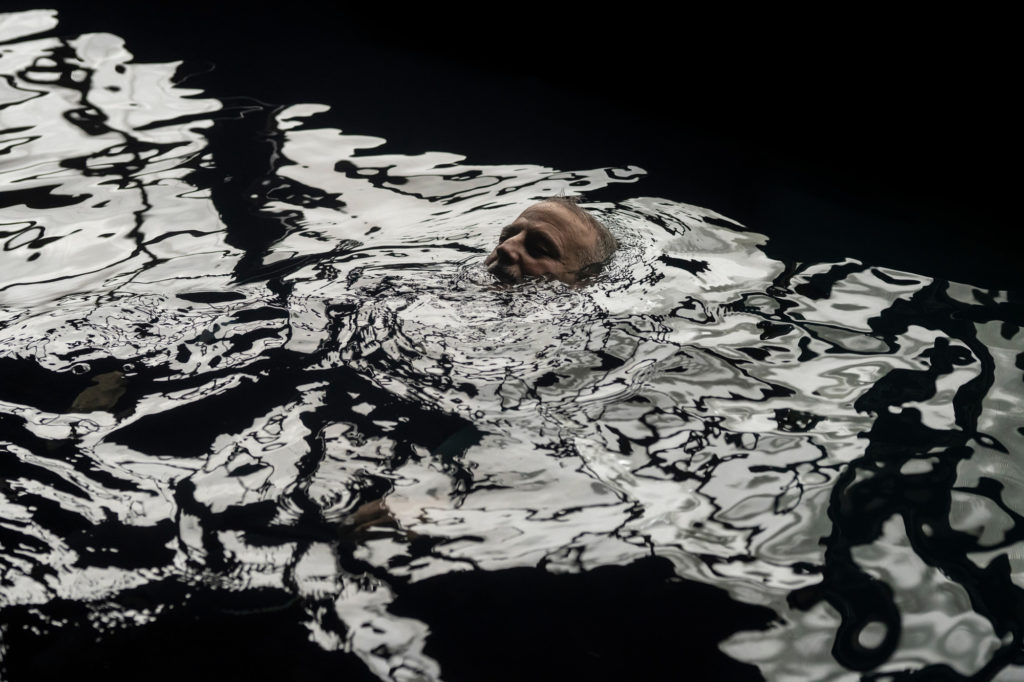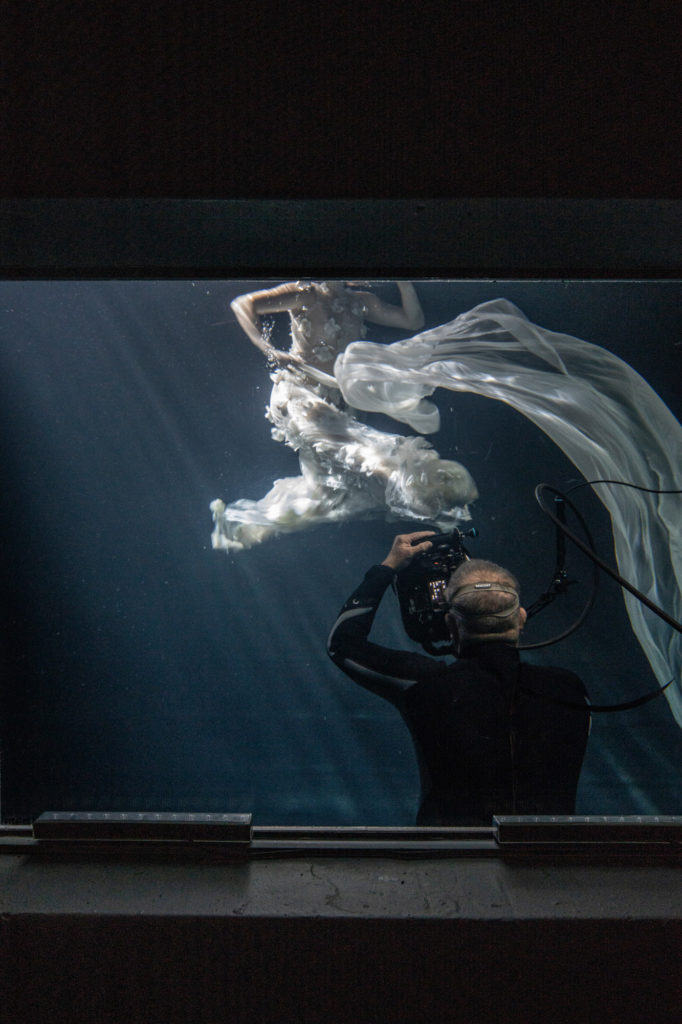On a suburban site in Nelson, Spanish environmental activist Jose Cano spends hours meticulously photographing his subjects underwater, surrounded by a cleverly crafted polycarbonate-clad shed.
Until recently, acclaimed underwater photographer Jose Cano worked in a tank. It had many limitations, not the least of which was that it was housed in the garage of his former home. The water wasn’t as clear as it should have been, and space was very limited.

Jose’s work has been the focus of much attention, especially of late due to his involvement in environmental campaigns centred around pollution and the eradication of plastic waste from our oceans.
Jose is a director of the Ocean Stories Charitable Trust, which aims to create stories to communicate the threats to our oceans, and Earth Hub, which operates out of a restored chapel in Nelson and is a place for people and groups concerned about environmental issues and future resilience to gather and connect.

Jose’s photographic work is compelling, confronting, and raw. It has a rare honesty about it, each image delivered with insightful composition and powerful juxtaposition of light and colour. Sometimes menacing, sometimes playful, but always overtly topical, his work offers a powerful glimpse into the issues facing our time.
It was fitting that Jose sought a solution for his underwater studio that would be environmentally friendly and suited to the context of a suburban site in the relatively small town of Nelson. The result: a three-metre-deep living pool shrouded by a small orchard, a somewhat wild but thriving vegetable garden, and extensive native planting. Two viewing windows allow spectators to consider the shoots in progress, while a polycarbonate-clad shed conceals the intricate workings of Jose’s creative process — and the array of lighting and equipment required.

“The site is relatively flat. Jose’s family home is up on a hill overlooking the pool site and the wider Tasman Bay and mountainous backdrop. Jose and his wife, Kung, grow lots of vegetables in the gardens around the pool studio to feed friends and the community, and native shrubs now nearly entirely hide the building from view from the street,” explains landscape architect Alex Traut of Natural Pools, who was engaged by Jose and Kung to design and deliver this project.
“The concept of the ‘living pool’ originated in Vienna. A living pool houses water that is alive; it is simply living water. Living water contains a rich variety of beneficial bacteria, much like probiotic supplements. Chlorinated water is different. It is dead, flat water that many people find they are sensitive to. Living water pools are a viable and healthy alternative to traditional chlorination, and [require] very little maintenance,” Alex says.

“In this case, a living pool was a compelling idea as Jose and his models spend hours at a time in the water, and he needed perfect clarity in the water. That’s the difference between chlorinated and living water. Living water is soft, almost silky. It’s a very different experience to traditional pools. The other benefit of a living pool is that the water can be reused. In fact, living pools often meet New Zealand drinking water standards, and, when we had Jose’s pool tested, it did, too. That means the water can be reused, and in many of our projects, including this one, we feed the overflow into surrounding gardens for irrigation.”
Words Clare Chapman
Images Andy Spain, Jose Cano
Read more about living pools and why these are gaining popularity here.




